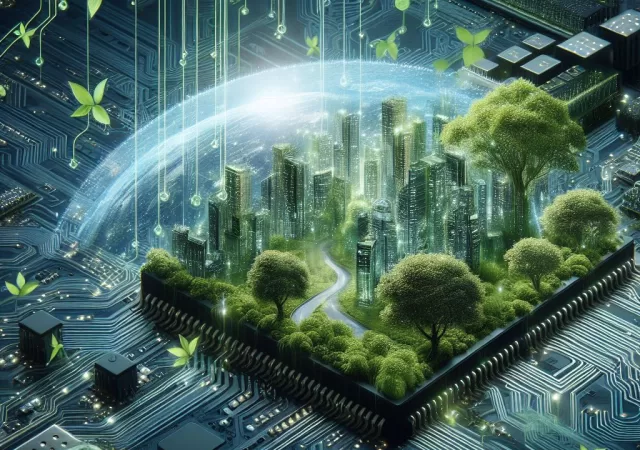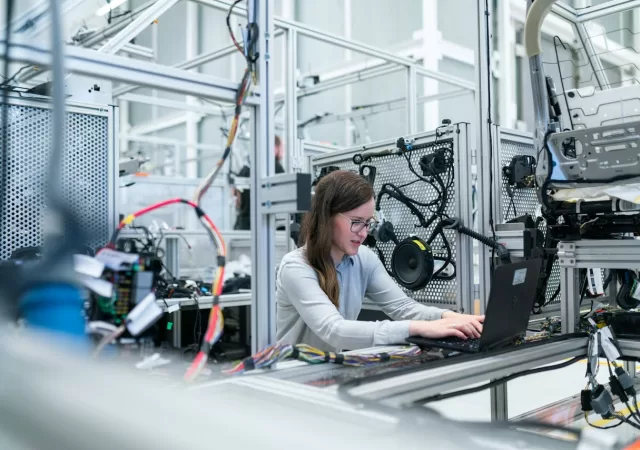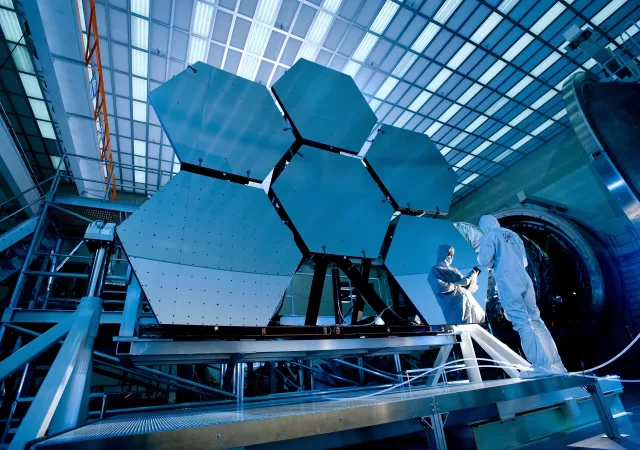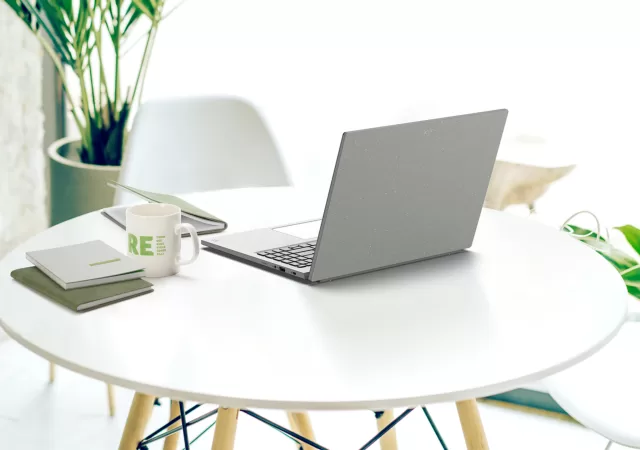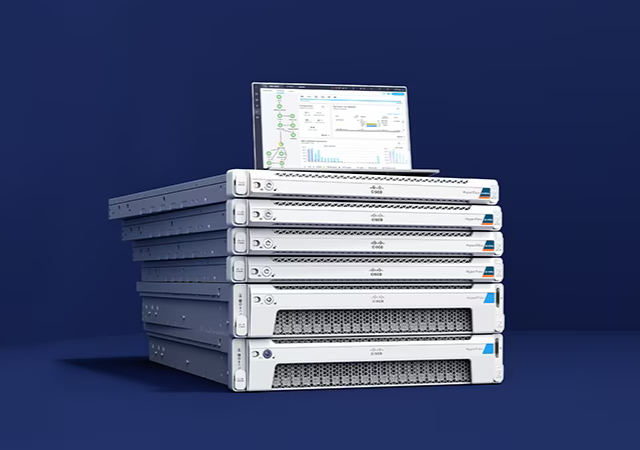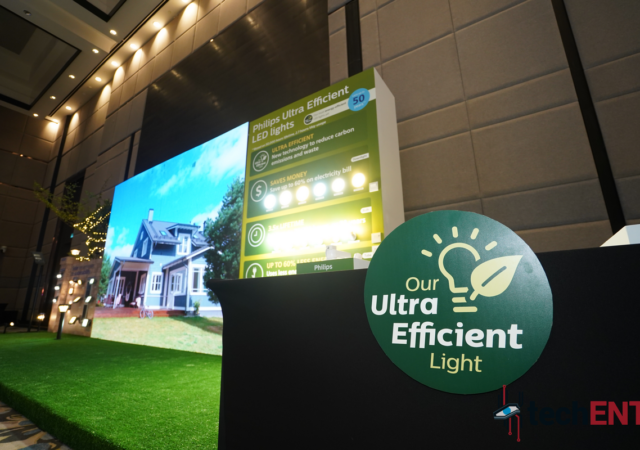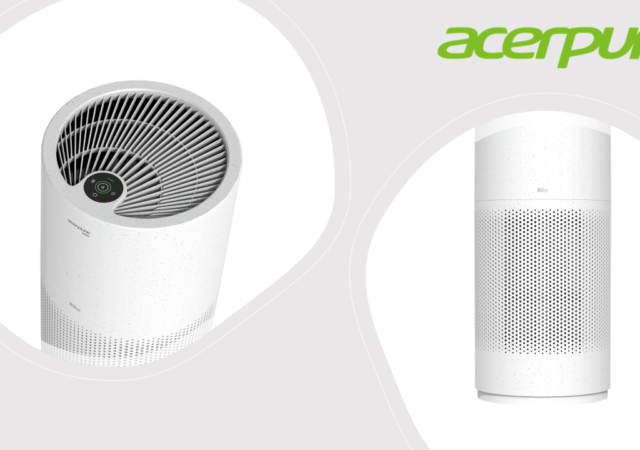Explore the game-changing potential of AI and its impact on industries and economies. Discover how data processing and data centre performance are crucial for leveraging this transformative technology.
Work With What You’ve Got To Streamline Operations
Mr Varinderjit Singh, General Manager at Lenovo Malaysia shares insights into the manufacturing industry and discover effective ways to increase output in a challenging economic environment.
Navigating the Transformation Paths in the Architecture, Engineering, and Construction (AEC) Industry
Intuitive design software and earth-friendly material are part of the AEC industry evolution. Keeping up with the times with architecture key.
Acer Ups Its Environmental Efforts with the Acer Aspire Vero 16 & A Commitment to Phase Out Carbon Credits
As Environmental, Social and Corporate Governance (ESG) is becoming an increasingly hot topic, Acer is looking to lead the tech industry with a renewed commitment to effectively reduce its carbon footprint. In fact, the company gunning for carbon neutrality with…
New Life: Replacement Doesn’t Have To Be The End
Varinderjit Singh, General Manager of Lenovo Malaysia, discusses the realities of electronic waste and introduces sustainable device repair.
Digitalization & Technology Touches the Textile & Fashion Industry
Digitalization is providing new, eco-friendly solutions to textile waste and fashion industry issues. Penjana Kapital Sdn Bhd and Sea Limited (Malaysia) collaborated on ‘Tech in Fashion’ to show off sustainable fashion-tech innovations.
Cisco Discontinues HyperFlex HCI
Cisco has announced that it is discontinuing its HyperFlex HCI product family in 2024 due to evolving customer needs and market dynamics.
Signify’s New Philips Ultra Efficient LED Lights Are More Sustainable Than Ever Before
Signify champions energy efficiency and sustainability with their new lineup of lighting solutions.
[next@Acer 2023] Acer Doubles Down on Sustainability and Air Quality with New Acerpure Pro Vero
Acer steps up sustainability in their Acerpure line up with the Acerpure Pro Vero that adopts greener materials and manufacturing.
EDOTCO Looks to a New Decade of Empowering Equitable Connectivity, Innovation & Sustainability
EDOTCO celebrates its 10th anniversary by refocusing its efforts on sustainability and equitable connectivity with a new “Bionic Organization” approach.



